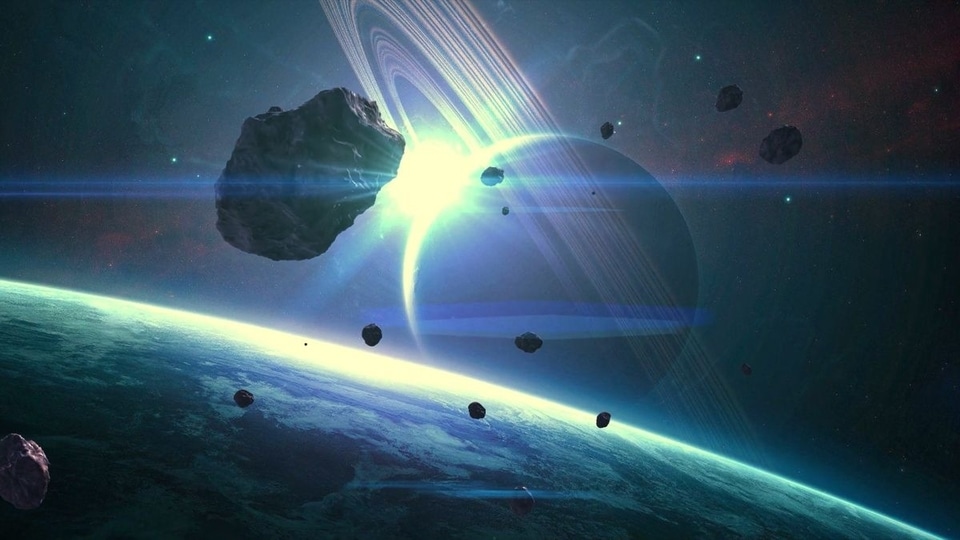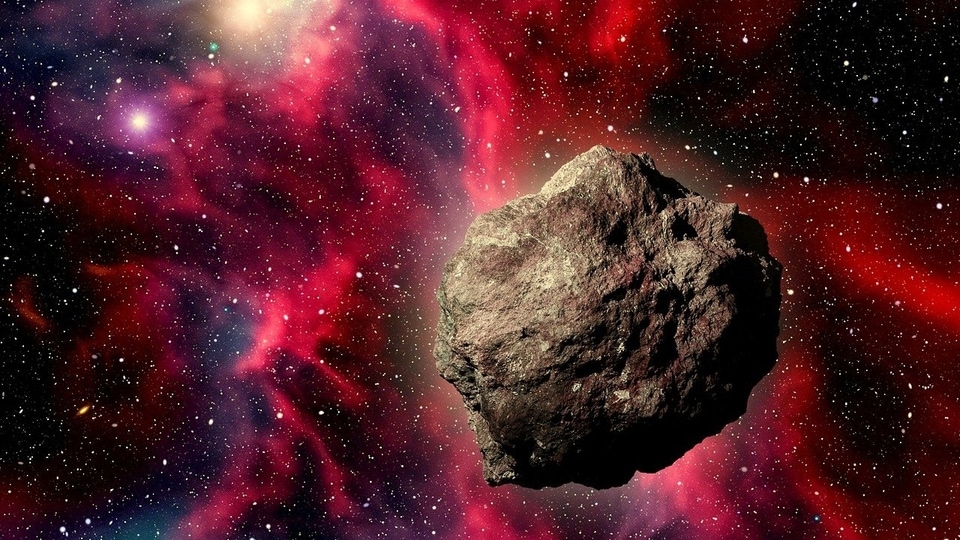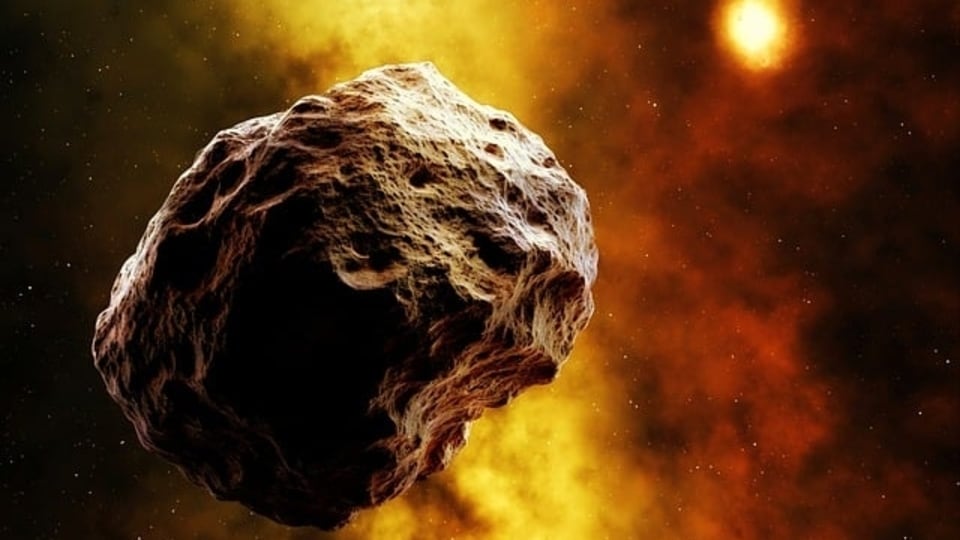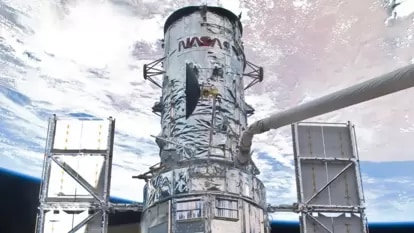150-foot asteroid to pass Earth by a narrow margin today, says NASA; Check details
Yet another asteroid has been observed by NASA and it is expected to pass Earth today, March 27, by a narrow margin. From speed and size to distance of approach, check all the details.






 View all Images
View all ImagesEarth has been impacted by multiple celestial phenomena in the last few weeks. Along with the vernal equinox, the peak of the solar cycle 25 is approaching which has led to increased solar activity. Additionally, we've also seen numerous asteroid approaches. While these space rocks do not pose a danger like solar storms, they pass Earth very closely, making it imperative to monitor them to predict any potential collision scenarios. With its advanced tech, NASA has shed light on a 150-foot asteroid that is expected to pass Earth by a narrow margin today, March 27.
Also Read: Two asteroids set to fly past Earth soon, reveals NASA
Asteroid 2024 EA3
According to NASA, Asteroid 2024 EA3 is just one of the millions of asteroids that orbit the Sun in the main asteroid belt, which is located between the orbits of Mars and Jupiter. The Center for Near-Earth Object Studies or CNEOS, an organization that keeps an eye on celestial objects like asteroids and comets, has revealed that the asteroid will pass by Earth today at a distance of 3.14 million kilometers.
It is travelling in its orbit around the Sun at a breakneck speed of approximately 38754 kilometers per hour, which is much faster than an Intercontinental Ballistic Missile (ICBM)! It is just one of the two asteroids that have been designated to pass Earth today, alongside Asteroid 2024 EL4.
Asteroid 2024 EA3 belongs to the Apollo group of Near-Earth Asteroids, which are Earth-crossing space rocks with semi-major axes larger than Earth's. These asteroids are named after the humongous 1862 Apollo asteroid, discovered by German astronomer Karl Reinmuth in the 1930s.
Also Read: Top 5 NASA tips to capture solar eclipse 2024 safely
How big is it?
In terms of size, the asteroid is almost 150 feet wide, NASA says. Thus, it can be compared to a large aircraft! That said, it is not expected to actually impact Earth's surface and cause any damage to life or property. However, it will still come very close to the planet and that is why it has been designated as a Near-Earth Asteroid (NEA).
One more thing! We are now on WhatsApp Channels! Follow us there so you never miss any updates from the world of technology. To follow the HT Tech channel on WhatsApp, click here to join now!
Catch all the Latest Tech News, Mobile News, Laptop News, Gaming news, Wearables News , How To News, also keep up with us on Whatsapp channel,Twitter, Facebook, Google News, and Instagram. For our latest videos, subscribe to our YouTube channel.
































